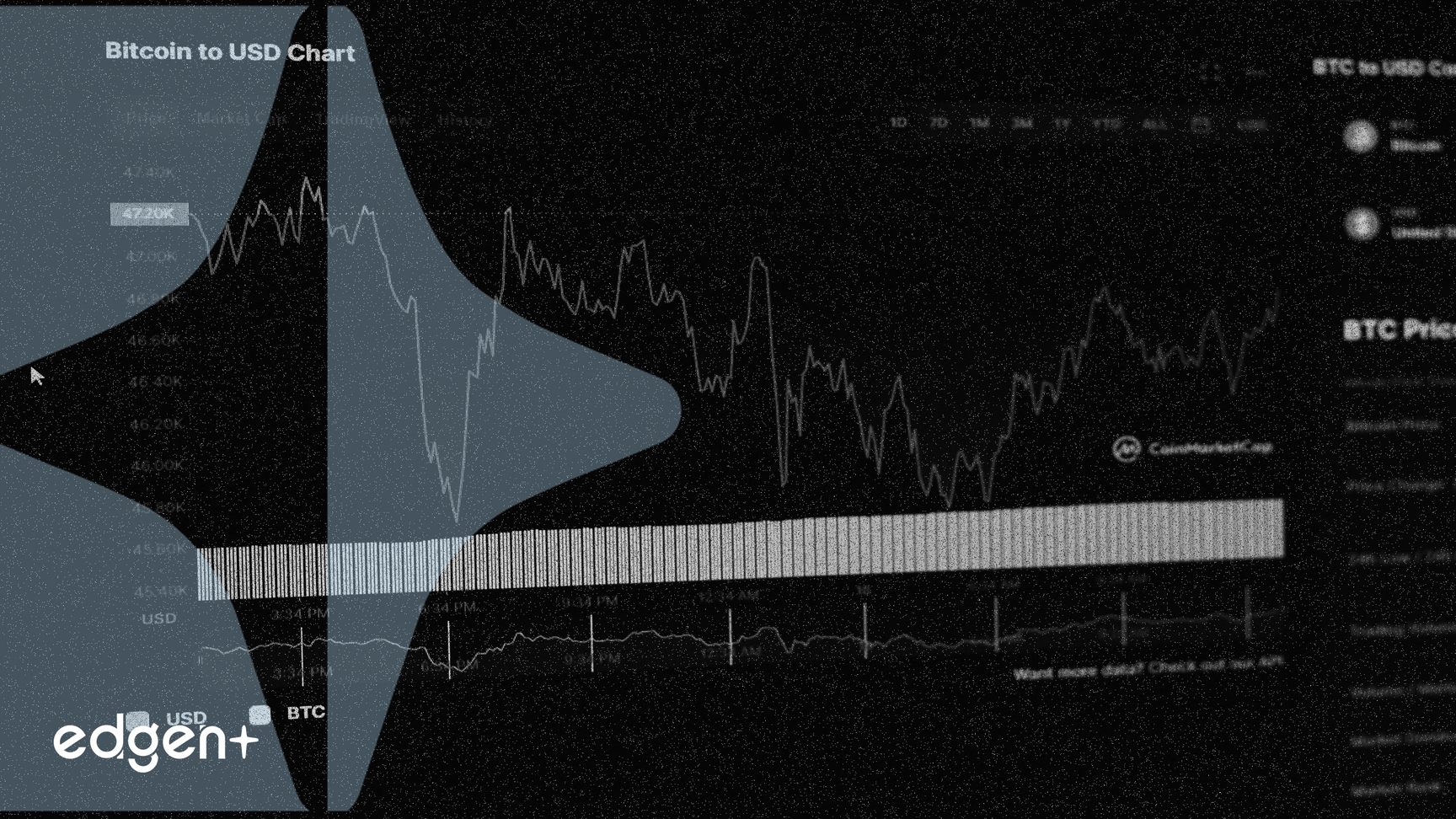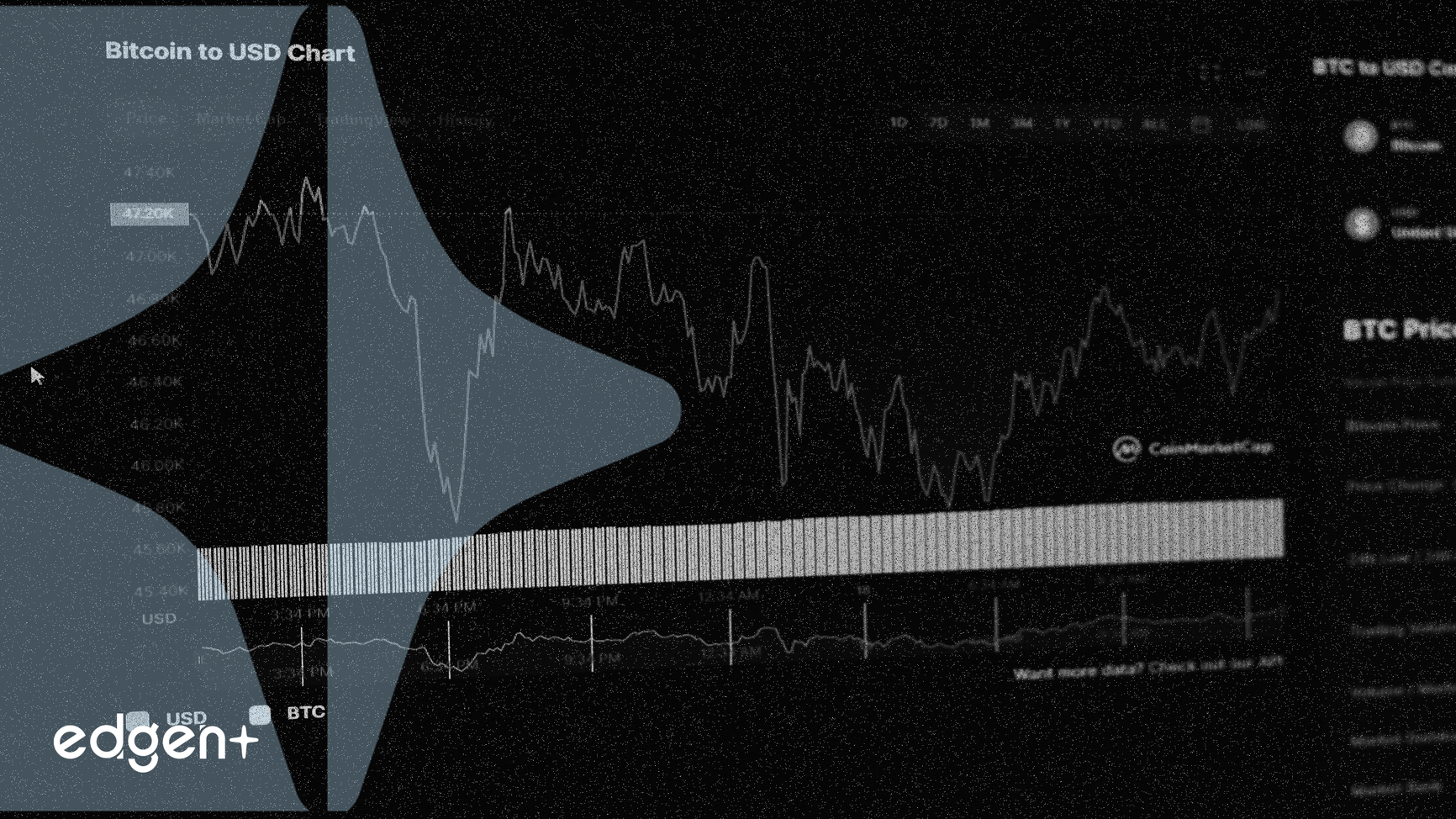Union Pacific and Norfolk Southern have announced a proposed merger, aiming to establish the first transcontinental railroad in the U.S., create significant synergies by capturing truck market share, and foster intermodal growth, pending regulatory and shareholder approvals.
Union Pacific and Norfolk Southern Propose Transcontinental Rail Merger
Overview of the Proposed Merger
U.S. freight rail operators Union Pacific Corporation (NYSE: UNP) and Norfolk Southern Corporation (NYSE: NSC) announced a proposed merger agreement on July 29, 2025, with Union Pacific set to acquire Norfolk Southern. This significant transaction aims to create America's first transcontinental railroad, connecting over 50,000 route miles across 43 states and linking approximately 100 ports. The strategic objective is to generate substantial synergies by capturing market share from the trucking industry and unlocking new intermodal growth opportunities.
Financial Mechanics and Projections
The deal is structured as a stock and cash transaction, valuing Norfolk Southern at an enterprise value of $85 billion. This implies a value of $320 per share for Norfolk Southern, representing a 25% premium over Norfolk Southern's 30-trading day volume weighted average price as of July 16, 2025. Norfolk Southern shareholders are slated to receive 1.0 Union Pacific common share and $88.82 in cash for each share of Norfolk Southern. The combined entity is projected to have an enterprise value exceeding $250 billion.
The merger is anticipated to generate approximately $2.75 billion in annualized synergies, comprising $1.75 billion from modal shifts and $1 billion from cost reductions. Initial projections for the merged company include approximately $36.4 billion in revenue, $18 billion in EBITDA, and an operating ratio of 62%. While Norfolk Southern's Q2 2025 GAAP revenue was $3.1 billion, slightly missing analyst forecasts, and adjusted earnings per share stood at $3.29, analysts project a potential upside of 19.40% for UNP's stock, with an average target price of $256.25 from its current $214.61.
Strategic Rationale and Market Implications
This proposed merger seeks to transform the U.S. supply chain, strengthen domestic manufacturing, and preserve union jobs. The combined network aims to improve logistics efficiency by offering faster service, eliminating car touches and interchanges in key hubs like Chicago, and reducing highway congestion. Union Pacific and Norfolk Southern intend to accelerate technological advancements, foster greater freight competition, and regain market share from trucking companies, leveraging rail's inherent cost advantage, which is three to five times cheaper per ton-mile than trucking.
However, the integration presents potential challenges. While management claims cultural alignment, analysts note differences in operational philosophies: Union Pacific emphasizes operational efficiency and long-haul routes, whereas Norfolk Southern excels in short-haul, customer-focused operations. The success of the merged entity will depend on its ability to effectively blend these strengths.
Expert Commentary
Norfolk Southern CEO Mark George emphasized the collaborative spirit between the two companies, stating,
"I'm really proud of the collaboration between the NS team and the UP team. We are working extremely well and extremely close. It speaks to why I think the combination of UP and NS makes the most sense. There's a cultural fit. ... We have very similar value systems, a very similar culture. We're working really well together, just the way Jim and I worked very well together since we started this conversation to now our teams."
This sentiment underscores management's confidence in overcoming integration hurdles.
Broader Context and Regulatory Landscape
If approved, this merger would be one of the largest rail mergers in U.S. history and the first time a single company would control rail shipments from the East Coast to the West Coast. The transaction has received unanimous approval from both companies' Boards of Directors. However, it is subject to review and approval by the U.S. Surface Transportation Board (STB), customary closing conditions, and shareholder approval. The companies plan to file their application with the STB within six months of the July 29, 2025, announcement, with a target closing date in early 2027.
Concerns have been voiced by some transportation industry observers, shippers, and elected officials regarding potential reductions in competition and impacts on freight costs. Additionally, the regulatory environment is evolving, as evidenced by the U.S. Justice Department's September 2025 settlement with Norfolk Southern, mandating prioritization of Amtrak passenger trains. This signals a shift in federal oversight towards balancing freight and passenger service, which could influence the merger's review process.
Looking Ahead
The coming months will be critical as Union Pacific and Norfolk Southern navigate the regulatory approval process. The STB's decision will be a significant determinant of the merger's success. Investors will closely monitor the integration planning, which is reportedly underway, for signs of successful blending of operational cultures and the realization of projected synergies. The long-term performance of the combined entity hinges on its ability to effectively capture market share from trucking, enhance logistics efficiency, and navigate the complex regulatory landscape, potentially leading to substantial rewards for investors if integration is successful.



